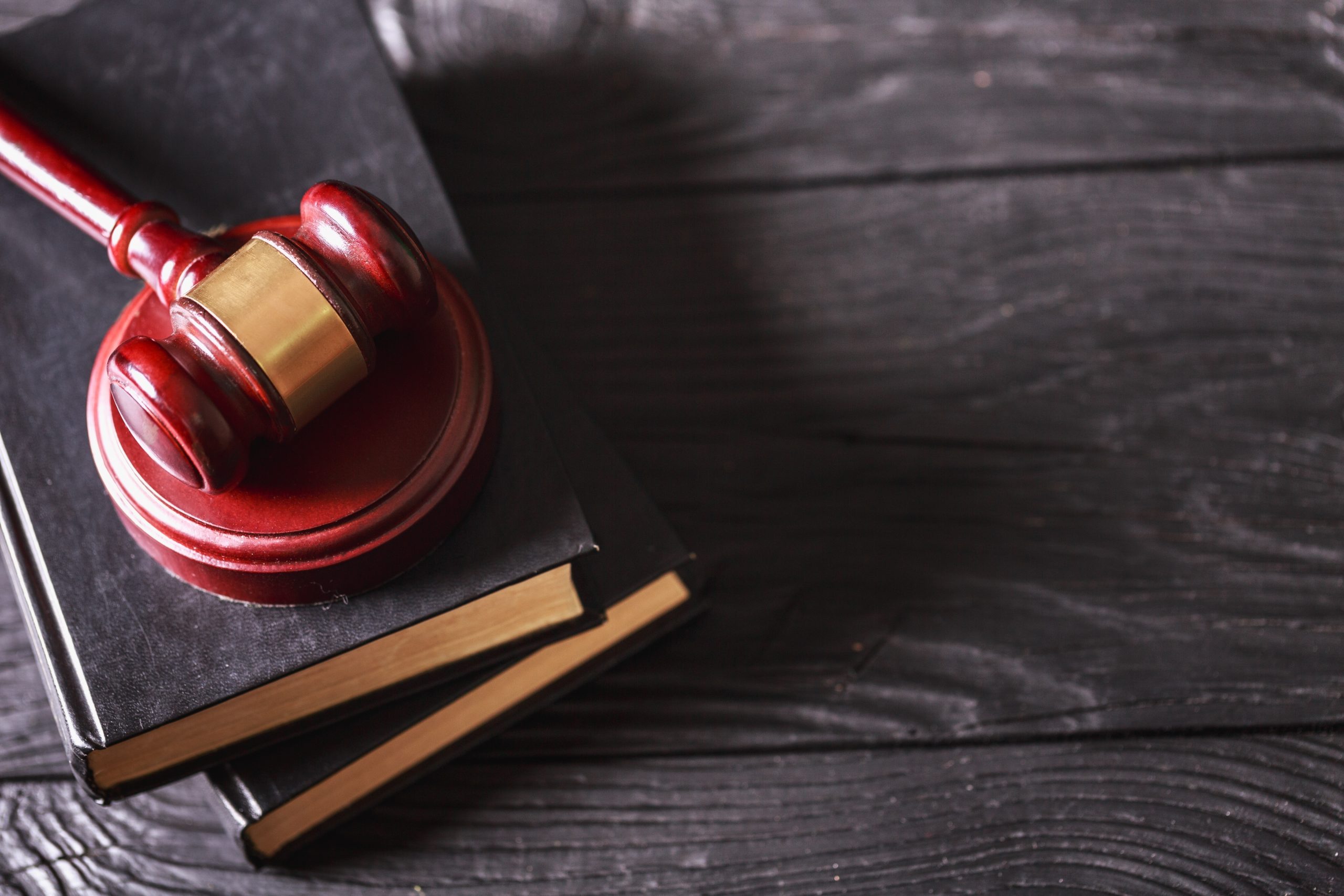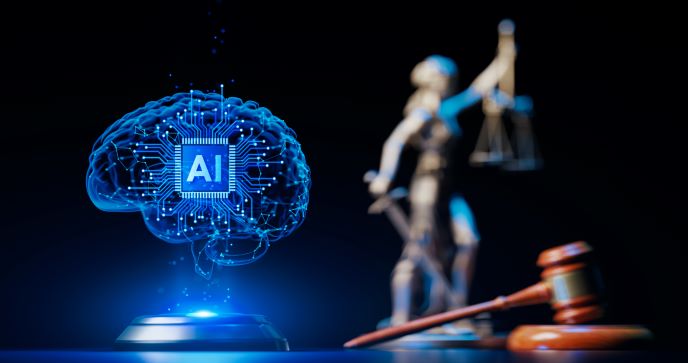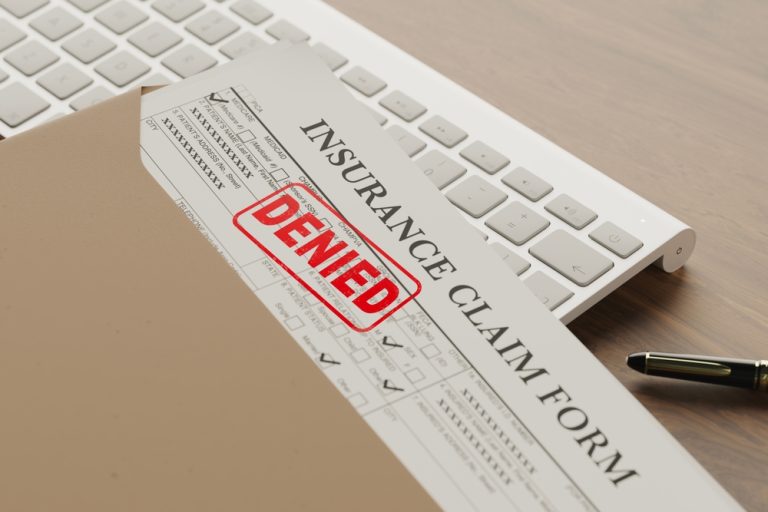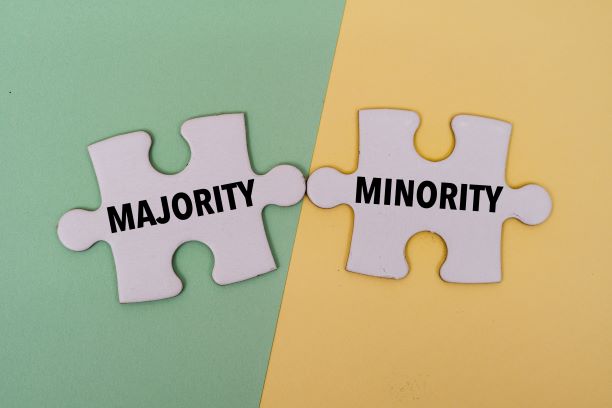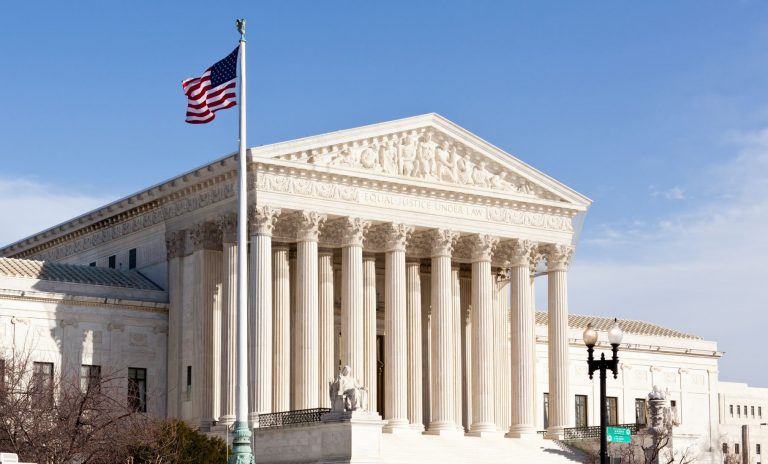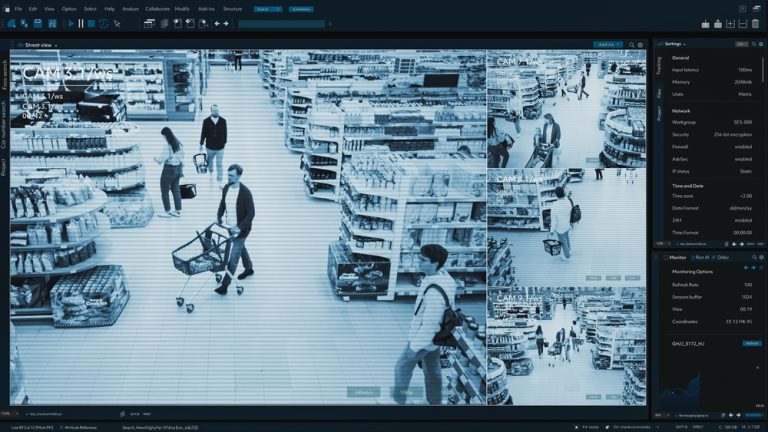Political Affiliations and Jury Selection: Using Social Media and Voir Dire to Impact Juror Selection and Outcomes
Political Affiliations and Jury Selection: Using Social Media and Voir Dire to Impact Juror Selection and Outcomes
With today’s ever-changing political climate, a juror’s political affiliation is an important factor to consider throughout the voir dire process. Political attitudes can create gridlocks, contention and animosity among jurors, which causes struggle to find a reasonable outcome in a jury trial.[i] What should we be doing as litigators in preparing for jurors with diverse political views and how does this affect jury selection? Simply put, we should analyze and acknowledge political changes, break away from previously used stereotypes, and utilize available tools such as social media to make calculated decisions when selecting a jury. With this information, litigators should impose specific questions to potential jurors regarding political affiliations to identify any biases or potential impacts on the outcome of their case.
Political Trends in Florida
Florida communities provide a wide range of diversity, including race, age, gender and political identity. Of these distinguishing factors, one area that is volatile, ever changing and distinct: an individual’s political affiliation.[ii] Political affiliation is highly unpredictable as political views may change during each political cycle or election.[iii] The State of Florida, although recognized as a “swing” state, is historically a Democratic or “blue” state, with a majority of voters identifying themselves as Democrats.[iv] However, in 2005, there was a dramatic shift in the percentage of voters who associated themselves as Independent or “no-party” voters.[v] Independent voters closed the gap between Republicans and Democrats and demonstrated a shift from Democrat voters who were now affiliating themselves as Independent.[vi] In 2015, there was a similar shift, with a small growth in registered Democrats, an even smaller growth with Republicans, and a large growth of Independent voters.[vii] With the 2020 Presidential election, it is anticipated that Florida will see another shift, this time with Independent voters identifying as Democrat and new voters in the state registering with the Democratic party.[viii] These dramatic shifts over short amounts of time show the volatility of politics in Florida. Litigators should analyze this information regularly, acknowledge changes in the views of potential jurors and how this could impact their particular case.
Stereotypes
Litigators should be strategic in their jury selection by acknowledging that antiquated stereotypes and blanket classifications are no longer consistent with changes in the political climate and can be detrimental to a case.[ix] For example, the assumption that an older, white male will consistently favor the defense or a young, black female will prefer the plaintiff are no longer valid.[x] Stereotypes are a way of the past, as the rise of general access to media has created constant changes in the once traditional social norms.[xi] Modern day technology and media shape an individual’s views and opinions, which have changed over the past decade, as exemplified by the voter changes we are seeing in the State of Florida.[xii] Therefore, stereotypes should no longer strongly influence the jury selection process; rather there should be a juror-by-juror evaluation based on available information.[xiii]
Use of Social Media
In knowing that political views can be quick to change, litigators should be cognizant of these shifts and proactive in attempting to determine whether a juror leans conservative versus liberal and how this may affect the outcome of their case.[xiv] One of the most easily accessible tools to determine a person’s political affiliations and views is through social media.[xv] Most Americans have access to the internet and use multiple social media platforms.[xvi] Social media serves as a marketing tool, providing insight into a user’s views, thoughts, opinions, and daily life based on their usage habits.[xvii] For example, a potential juror who is consistently posting articles from particular sources such as Fox News, NPR or CNN, which are often associated with certain political platforms, is providing an indication of that juror’s resource of information.[xviii] Social media also serves as a central source for news often through targeted marketing, which adds to the shaping of a juror’s political affiliation.[xix] This is information that likely would not be available through the traditional voir dire process. With such an important role in a circuit court trial, it is important to acknowledge what drives a juror during the jury selection process by analyzing their social media activity.
Political Affiliations and Jury Selection
Jurors are a vital and essential part of our judicial system, serving as a sample of our population.[xx] Despite jurors being the ultimate fact-finder, often voir dire is a limited practice, with litigators having a finite time to ask questions at the court’s discretion.[xxi] In Florida state courts, often civil litigators are provided several hours for voir dire based on the facts of the case. In contrast, many federal court trials give the respective parties a limited opportunity to ask few questions in jury selection. This makes the question selection by a litigator in the voir dire process incredibly important. By asking questions during voir dire that target a person’s political affiliation, a determination can be made as to the likelihood of an individual deciding in favor or against your party in the case.[xxii]
Allowing attorneys to ask questions about political questions may be increasing, although, it has historically been controversial. Connors v. United States, decided in 1985, was one of the first cases in which the Supreme Court considering when an attorney may ask prospective jurors about their political affiliations.[xxiii] The Court stated that, in general, “[a] suitable inquiry is permissible in order to ascertain whether the juror has any bias, opinion, or prejudice that would affect or control the fair determination by him of the issues to be tried. That inquiry is conducted under the supervision of the court, and a great deal must, of necessity, be left to its sound discretion.”[xxiv] Nevertheless, the Courts rejected an argument that the trial court erred in that particular case when it refused to allow questions about political affiliation during voir dire, saying ““the court might well have deemed the question — unaccompanied by any statement showing a necessity for propounding it — as an idle one that had no material bearing upon the inquiry as to the qualifications of the juror, and as designed only to create the impression that the interests of the political party to which the accused belonged were involved in the trial.”[xxv]
Modern courts often permit some questions about political activity or affiliation when they are relevant, providing litigators with an additional tool during the jury selection process.[xxvi] Some general questions for litigators to consider asking prospective jurors include what is their current political affiliation, how long have they associated themselves with this political affiliation and whether they tend to view issues from a conservative, moderate, or liberal perspective.
Litigators who are able to ask questions about political affiliations are provided a small window of opportunity to determine an individual’s views and opinions, which can lead the use of preemptory challenges. The rationale for preemptory challenges is to “allow parties to remove jurors whom they believe, based only on a suspicion, to be biased.”[xxvii] Given the limitations on voir dire, social media platforms have the potential to reveal information not discovered during the voir dire process which, in turn, may lead to the use of a peremptory challenge.[xxviii]
Conclusion
Most juror want to “get it right” when it comes to trial outcomes. However, this concept is something that will differ among jurors based on their definition of “right”. That definition is strongly influenced by a juror’s political affiliation. This reinforces the conclusion that identifying, exploring and evaluating a potential juror’s political affiliation is essential in the jury selection process, given the impact on the outcome of the case. Litigators must acknowledge that the terms “Democrat”, “Republican”, “Independent”, “conservative” and “liberal” are evolving and changing, as political agendas continue to shape the Florida political environment. By acknowledging these changes, dispelling stereotypes and researching a potential juror based on their social media and internet habits, litigators prepare to handle these changes and use the available information to their advantage when selecting a jury.
Originally published in The Trial Advocate, a publication of The Florida Defense Lawyers Association, Volume 39. Number 2. June 2020.
[i] Ashley R. Nance, Social Media Selection: How Jury Consultants Can Use Social Media to Build A More Favorable Jury, 39 Law & Psychol. Rev. 267, 267-68 (2015).
[ii] Id.
[iii] Id. see also Dave Liep’s Atlas of U.S. Presidential Elections, https://usse-lectionatlas.org.
[iv] Dave Liep’s Atlas of U.S. Presidential Elections, https://uselectionatlas.org/RESULTS/; https://uselectionatlas.org/2020.php.
[v] Steve Bousquet, The Florida Voter: Dramatic Growth of ‘no party affiliation reshapes Florida Politics, Miami Herald (Nov. 20, 2015), available at www.miamiherald.com/news/politics-government/state-politics/arti-cle45554313.html.
[vi] Id.
[vii] Id.
[viii] Id.; see also Bousquet, supra note 5; Richard Luscombe, The Democratic War Council Working to Turn Florida Blue in 2020, The Guardian (Nov. 18, 2018), available at www.theguardian.com/us-news/2019/nov/17/dem-ocrats-floridaelection-2020-strategy.
[ix] Nance, supra note 1, at 267-68.
[x] Andrew Guthrie Ferguson, The Big Data Jury, 91 Notre Dame L. Rev. 935, 941-42 (2016); See Ashley R. Nance, Supra note 1; Lori Van Wallendael & Brian Cutler, Limitations to Empirical Approaches to Jury Selection, 4 J. Forensic Psychol. Prac. 79, 81 (2004); Nancy S. Marder, Gender Dynamics and Jury Deliberations, 96 Yale L.J. 593 (1987); Barry P. Goode, Religion, Politics, Race, and Ethnicity: The Range and Limits of Voir Dire, 92 Ky. L.J. 601, 627 (2004).
[xi] Ferguson, supra note 10, at 937.
[xii] Id.
[xiii] Id.; see also Nance, supra note 1, at 270.
[xiv] See Ferguson, supra note 10, at 969.
[xv] See Nance, supra note 1, at 280-81; See Ferguson, supra note 10, at 937.
[xvi] See Nance, supra note 1, at 280-81.
[xvii] See Nance, supra note 1, at 280-81; See Ferguson, supra note 10, at 937.
[xviii] See Nance, supra note 1, at 280-81; See Ferguson, supra note 10, at 937.
[xix] See Nance, supra note 1, at 275; See Ferguson, supra note 10, at 937.
[xx] See Nance, supra note 1, at 275.
[xxi] See Goode, supra note 10, at 602-04.
[xxii] Id.; see also Nance, supra note 1, at 267-68.
[xxiii] See Connors v. United States, 158 U.S. 408, 412-16 (1895); see also Goode, supra note 10, at 698 (citing to Connors and discussing the court’s discretion in allowing questions regarding political affiliations to be asked during voir dire).
[xxiv] 158 U.S. at 412-16.
[xxv] Id. at 415.
[xxvi] Goode, supra note 10, at 630-33.
[xxvii] Id.; see also Nance, supra note 1, at 285; Ferguson, supra note 10, at 988.
[xxviii] See Nance, supra note 1, at 285; Ferguson, supra note 10, at 969.
